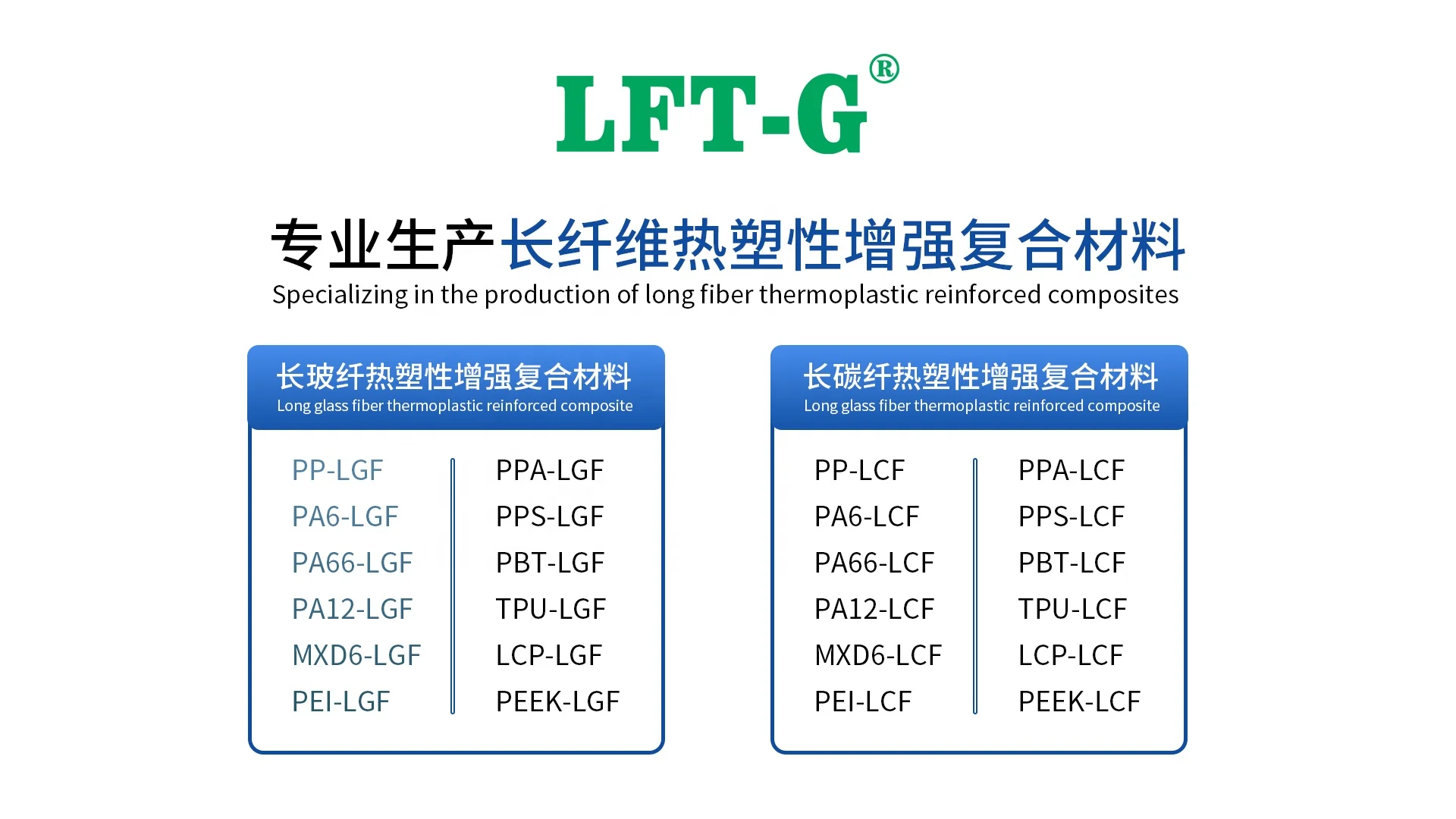Categories
new blog

Polyamide is currently one of the most sought-after modified plastics due to its excellent overall properties, including mechanical strength, heat resistance, wear resistance, chemical resistance, self-lubrication, low friction coefficient, certain flame retardancy, ease of processing and suitability for reinforcement with glass fiber and other fillers.
However, within the industry there is a significant challenge in selecting and configuring the appropriate color masterbatch for polyamide. In this article today we will provide a detailed analysis of the essential characteristics required for polyamide masterbatches and how to choose suitable components.
Technical specifications for polyamide masterbatches
The application process of polyamide masterbatch is crucial in injection molding, as with other injection molding products, it requires light resistance, mobility, and dispersion. In the following section, we will introduce the special requirements for polyamide masterbatch.
(1) Heat Resistance The melt temperature of polyamide injection molding is relatively high; typically 220℃ for polyamide 6 and 260℃ for polyamide 66. Therefore, the colorant used must have high heat resistance.
(2) Reducibility Polyamide contains acylamino groups which result in strong reducibility when melted. This limits the available pigment varieties for use with polyamide due to fading and darkening during processing. Additionally, organic pigments with good heat resistance are limited in their applicability to both types of polyamides.
(3) Water Resistance Both commonly used types of polyamides (PA6 and PA66) are crystalline thermoplastic materials that easily absorb water due to their hydrophilic nature. The rapid cooling during injection molding prevents natural crystallization and results in internal stress within the material. Without proper tempering treatment, nylon parts can become brittle and prone to collapse or break under external forces. Boiling at temperatures between 90-100℃ for a duration of 2~3h is necessary to relieve internal stress; however, higher temperatures may cause discoloration while prolonged low temperatures are more effective. Different customers and products require varying boiling conditions such as (48±2)℃ at a humidity of 90% for a time period of 10~12h or (80±2)℃ at a humidity above 95% for a time period of 2~4h. Therefore, pigments used with nylon must also be resistant to water cooking without fading.

Selection of raw materials for polyamide masterbatch
(1) Pigments
Due to the special reducing and boiling properties of polyamide, there are not many pigments that can be used.
Inorganic pigments are superior to organic pigments in light resistance, weather resistance, migration resistance, chemical resistance and other properties, and are the main force for engineering plastics, but there are generally low coloring power and low saturation defects. Solvent dyes have many useful varieties, but most of them are not resistant to boiling.
(2) Dispersant
Polyamide masterbatch can choose copolymerized polyethylene wax as dispersant, and the density is higher to increase the shear viscosity during extrusion.
(3) antioxidant
In order to avoid yellow, decomposition, black spots and degradation of mechanical properties of polyamide under high temperature processing, hindered phenolic antioxidant and phosphite antioxidant can be selected, and the composition of both is better.

Tags :